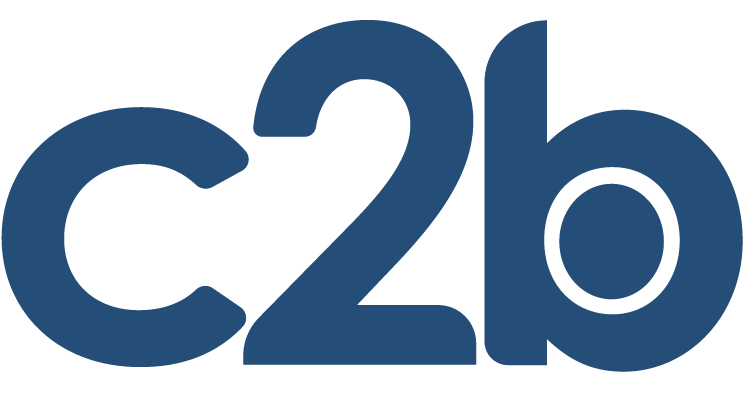Agile Marketing
Early in my career IBM set out to revolutionize the development of large systems with an ecosystem it called AD Cycle, where AD was an abbreviation for Application Development. AD Cycle was undoubtedly the ultimate expression of the traditional waterfall method of building software systems, where development projects moved en masse through distinct stages. Architecture and design led to coding which in turn led to quality assurance. AD Cycle was a true ecosystem in that it included both IBM products and a host of partner products, each having a role to play in IBM’s vision of how huge mainframe software systems would get built.
AD Cycle, of course, collapsed of its own weight and complexity. From the rubble emerged an alternative approach to building software, referred to as Agile. I worked for Jeff Sutherland when he was involved in the definition of the Scrum process, a framework for supporting agile software development. I was the product manager for what is now acknowledged as the first commercial software product built using Scrum. Twenty-five years later, Agile and its associated frameworks are how software gets built.
Agile is more and more on the radar of marketers, too. While software development and marketing are very different endeavors, Wikipedia’s current definition of agile marketing - an organizational effectiveness strategy that uses self-organizing, cross-functional teams doing work in frequent iterations. It aims to drive growth by focusing team efforts on those that deliver value to the end-customer - makes it clear that agile’s relevance isn’t limited to pure engineering activities.
Let’s take a look at elements of this definition.
Self-organizing. Agile teams are self-contained and self-managed. There is a strong sense of mutual accountability and an emphasis on visibility and openness.
Cross-functional. Agile teams are small by design and, being self-contained, include all of the roles required to achieve the team’s goals.
Frequent iterations. Unlike the traditional waterfall project approach where a project moves in its entirety through various developmental stages, agile breaks a project into small-grained discrete chunks that can be planned built and tested serially and quickly. In agile these chunks are referred to as sprints.
End-user focus. Like Lean, everything in agile ultimately traces back to the end-user’s needs. The role of the product owner is to advocate for the end user, to oversee the process on the end user’s behalf and to ensure that actions taken and products delivered do in fact serve the end user.
Nothing in this definition precludes the adoption of agile by marketers. In the next post in this series I’ll layer this approach to work on top of some common marketing projects.
Let me know what you think by posting comments below, or by reaching out to me directly at don.roedner@c2bsuite.com.
